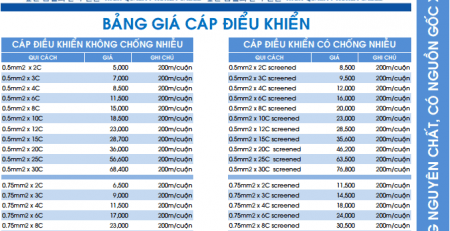
Since the beginning of the year, the domestic price of finished rubber products has increased along with the world price.
Rubber exports increased sharply in both price and turnover
At the end of February 21, the price of rubber SVR 10 and SVR L reached 44,854.92 VND/kg and 58,128.52 VND/kg, respectively. Along with this trend, some domestic rubber companies have increased their purchasing prices. Specifically, like Loc Ninh and Binh Phuoc Rubber One Member Limited Liabilities Company, on February 21, announced that they would buy dried rope latex at the price of 17,400 VND/kg fresh (up 1,400 VND) and 15,400 VND/kg fresh (up 1,300 VND). VND) compared to the price offered by this company on February 1, 2017.
Previously, in January 2017, the price of finished rubber products in Binh Phuoc, Binh Duong, Tay Ninh, SVR L rubber increased from 46,700 VND/kg (December 29) to VND 50,500/kg (January 12); SVR10 rubber increased from 43,700 VND/kg to 48,600 VND/kg.

According to preliminary statistics from the General Department of Customs, in the first month of 2017, the country’s rubber exports and imports both increased over the same period in 2016. In which, the export volume of rubber reached 94 thousand tons, worth 180.8 million USD, up 1.7% in volume and 73.4% in value over the same period in 2016. China and Malaysia continue to be the two largest rubber consuming markets. of Vietnam since 2016 until now, accounting for 59.5% and 7.7% market share, respectively. In 2016, the export value of rubber to the Chinese market increased by 30%, the Malaysian market decreased by 42.5% compared to 2015.
Export rubber prices tend to increase strongly from the end of 2016 and the beginning of 2017.
Specifically, in 2016, the average export price of rubber was only $1,333/ton, down 1% compared to 2015, so Vietnam’s export rubber price was only at VND28-30 million. /ton. This price is only 50% of the average export price from the beginning of the year to February 21, 2017 of VND 55 million/ton (SVR L) and VND 48 million/ton (SVR 10).
Compared to the average of the last month of 2016, rubber prices have increased by 11.6% for SVR 10 and 12.5% for SVR L.
Overall, since the beginning of the year, the export price of SVR L rubber has increased by 19.4% and SVR 10 has increased by 11.1%.
optimistic outlook for rubber products
It is forecasted that in the coming time, the price and output of Vietnam’s natural rubber for export will continue to increase, especially the Chinese market from now until the end of the first quarter of 2017 due to the supply of raw latex for preliminary processing is increasing significantly plus the demand for automobiles in this country is increasing.
In addition, the rubber growing areas of the Vietnam – Cambodia joint venture have reached the maturity date and the yield is quite high. This latex source is mostly sold to specialized export processing units in Vietnam. Besides, smallholder rubber in all regions of Vietnam this year has a good harvest, the total output is high. The combination of these two latex sources will facilitate the processing of rubber products for export about 15% higher than in the last quarter of 2016.
One factor that also contributes to the increase in rubber prices in the near future is because in recent years, the price of rubber has decreased continuously, so farmers in countries with large output such as Thailand and Malaysia have switch to oil palm cultivation. Due to the impact of drought, the amount of latex exploited by farmers decreased. Besides, many forecasts also show that rubber prices in the first quarter and second quarter of 2017 may increase to 2,400 USD/ton and in the dry season when many places stop tapping. It is predicted that in 2017, the price of natural rubber will improve due to a decrease in supply, possibly reaching over 1,800 USD/ton.
In the long term, rubber prices are forecasted to recover gradually and return to above $2,000/ton from 2025 onwards. However, the price of natural rubber is also influenced by many factors such as world economic development, crude oil price, speculation of some financial funds, price trends of other key commodities, US dollar price, political fluctuations of some countries.
Source: Thuy Duong/CafeF/Young intellectuals












Leave a Reply